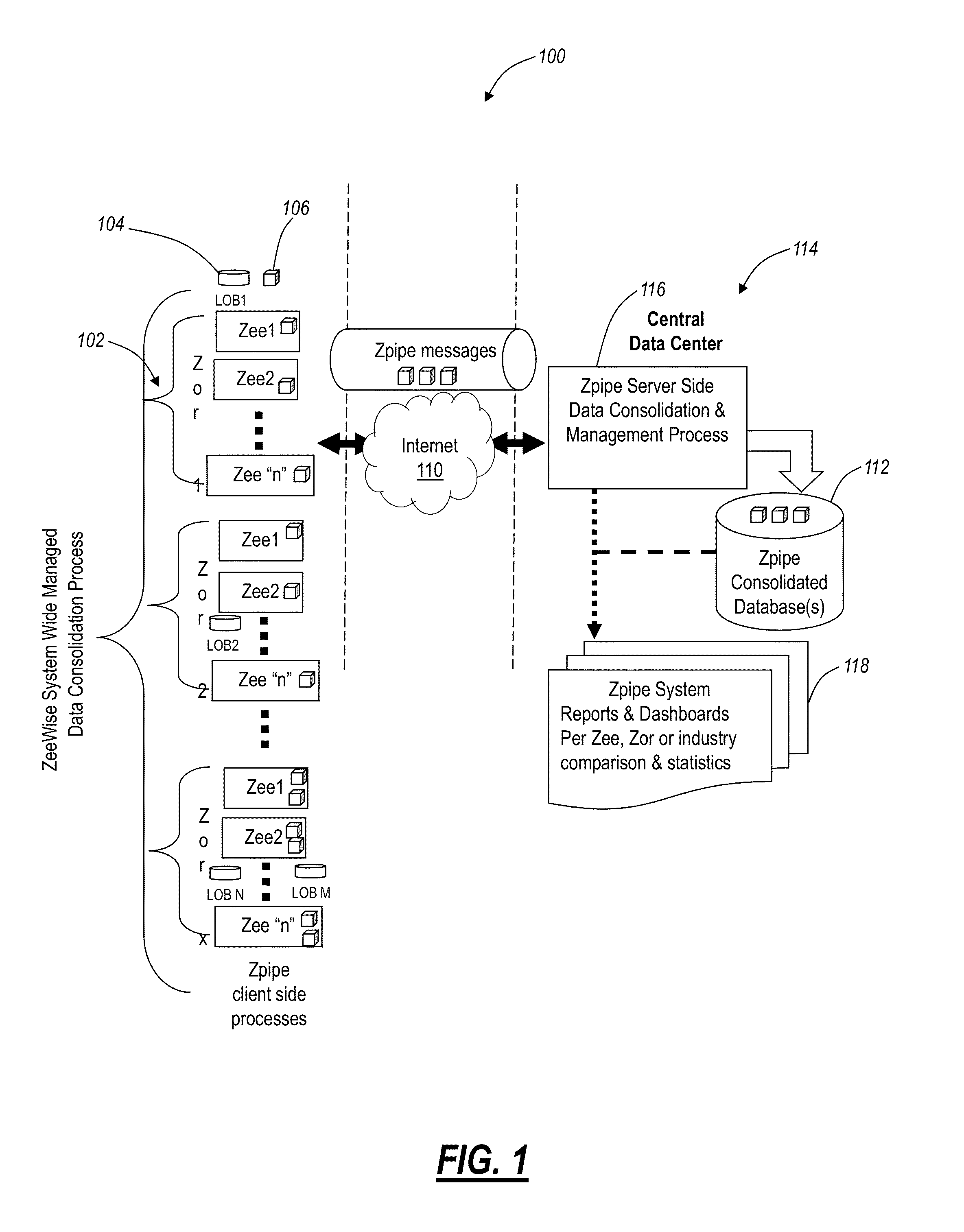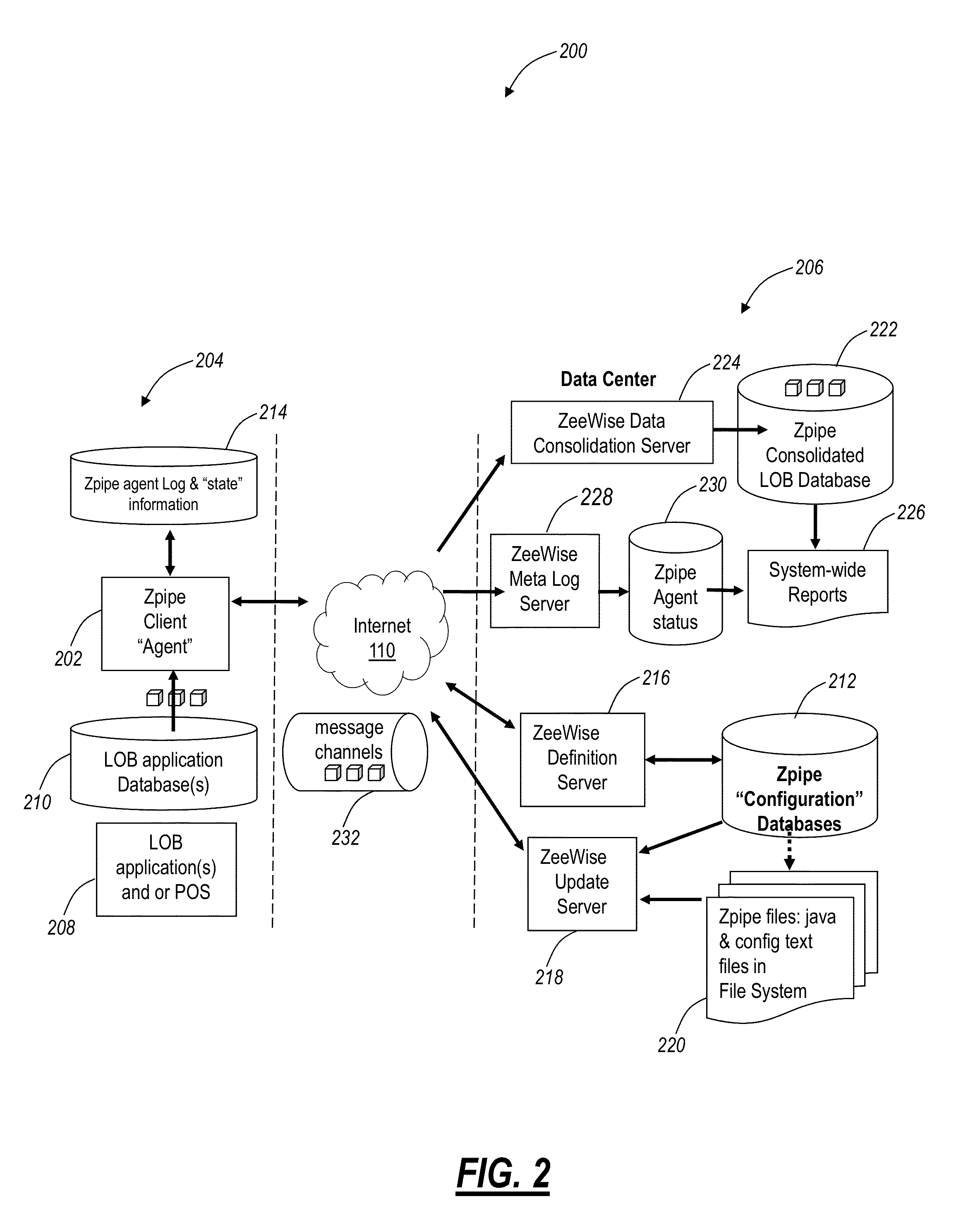Unfortunately, Franchisors typically struggle to know how their Franchisees are performing as it is very difficult to collect, consolidate and report on the key operational and financial indicators for each of the Franchisees.
At least one known reason for this difficulty is because many of these individual Franchisees utilize different operational and financial reporting systems that cannot be easily collected from, consolidated or reported upon due to their different data storage formats, different product versions or non-standardized product deployment.
As a result, Franchisors are often left to advise Franchisees on how to improve their business and
operational performance with very limited data and they lack the ability to compare them to peer groups and or regional norms within the concept or industry.
Additionally, while most businesses and business consultants desire to identify operational Key Performance Indicators (KPI), having limited data makes it difficult to identify and monitor them.
Typically, businesses who desire to remotely monitor the financial or operational parameters of a business depend on emailed or faxed copies of monthly, quarterly or year-end reports which are often lost, ignored or obsolete by the time they are received or reviewed.
In addition, these reports are inadequate to monitor dynamic business conditions and certainly cannot provide monitoring in a near real time and consolidated manner without extensive customized
Information Technology (IT) systems and support personnel.
In general, the problem and challenges of remote data collection can be seen to apply to any and all business with multiple locations where POS or LOB applications operate and where the need to monitor these businesses requires access to the data from each location in a consolidated or “rolled up” fashion.
The fact that a business must standardize their POS
system on a single POS vendor and version to enable remote
data consolidation is a limitation which is often driven by the fact that the POS
system was built on top of a
database vendor's replication technology which only “talks” to itself.
While database or
software tool vendors have provided remote data replication techniques for many years, these techniques are limited to being used on themselves: e.g., a single database vendors API and replication
system can be used to build a single LOB application (ex. a CRM system or a POS) which only collects and consolidates remote data from of the same LOB type and version level.
These techniques do not allow for a generic process which works both across LOB applications and across database vendors in a simplified and automated, lights out manner.
Additionally, while traditional “
middleware” message
bus (or message queuing) architectures have been used by large enterprise businesses to replicate data between two independent LOB systems, these implementations require a consistent set of centrally managed and expensive IT infrastructure (such as integrated security models, managed firewall ports or private networks, and dedicated servers).
The challenge to using these techniques to create a centralized and automated remote
data consolidation system is the fact that they require
software customization to adapt them to each LOB product and version as well as require extensive IT personnel to support the communication infrastructure on both sides of the
communication channel.
These conditions or requirements cannot be easily supported by small or mid-size businesses (ex.
Franchisors) or these conditions do not exist uniformly across various remote businesses.
Franchisees) and thus they are unfamiliar with, untrained on or unwilling to follow detailed operational guidelines and procedures to extract LOB data from their local system into a common
data file and send it across a sophisticated communication infrastructure.
An additional challenge to automated collection of remote LOB data is the problem of systems administration and management.
Beyond the technical barriers, many remote data collection systems fail due to the overhead and complexity of simply managing remote
software agents at hundreds or even thousands of remote physical locations.
 Login to View More
Login to View More  Login to View More
Login to View More 


